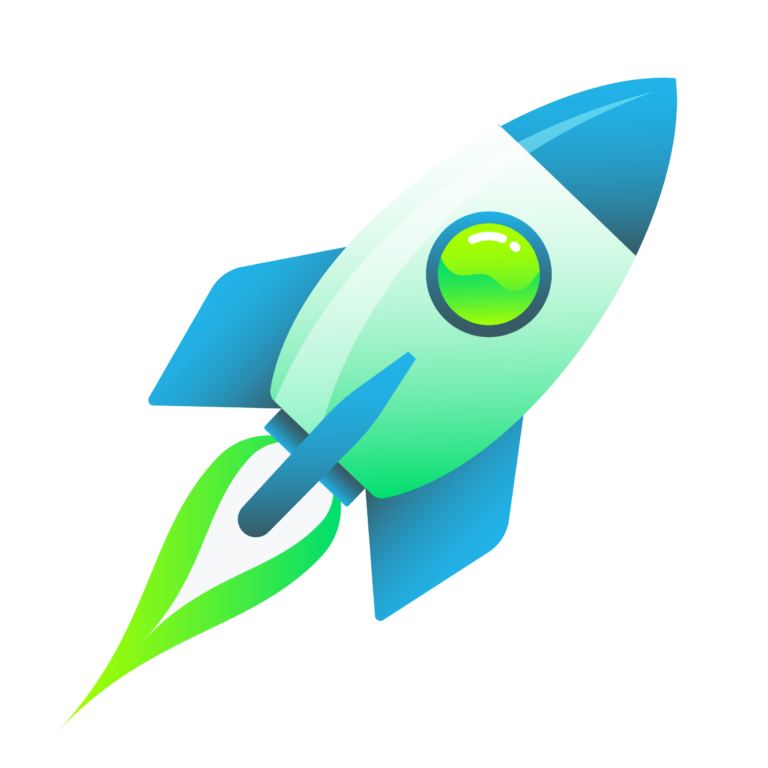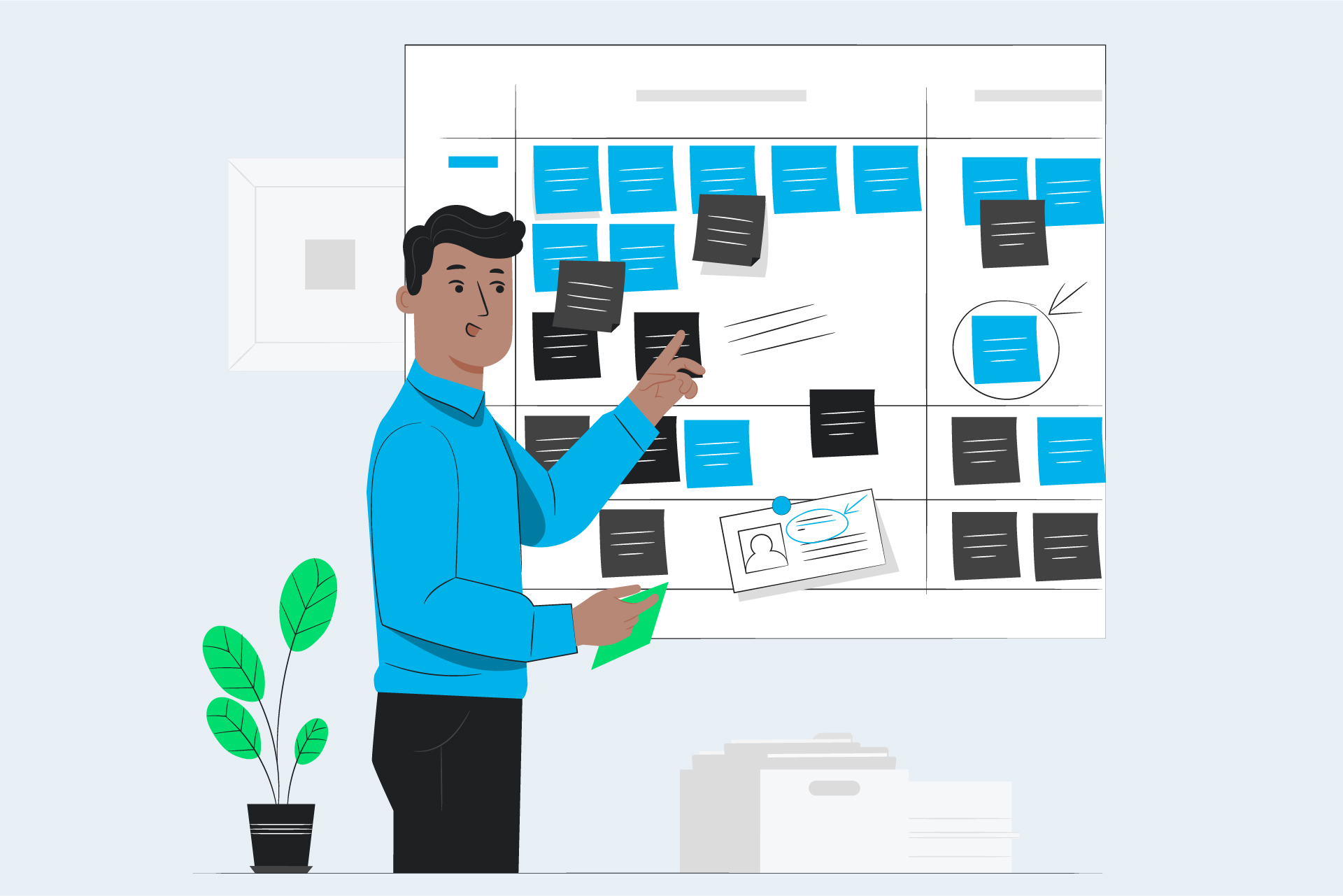Our trainers are often asked if we have a curriculum map linking digital technologies to other curriculum areas, across age groups and levels. The answer is yes, but there is no one size fits all approach.
Curriculum Mapping needs to be aligned with school-wide strategy, values, community and much more. In order to create a meaningful, useful, relevant map that serves your learners many things must be considered. This blog series explores how you can do just that.
Looking for guidance on how to develop a curriculum map (progressions) to tie digital technologies into all areas of your curriculum in meaningful ways? This series of blog posts will help you do just that. See how the Design Thinking process can be followed by mapping your curriculum with intention.
In Curriculum Mapping: A Design Thinking Approach Part I we explored what curriculum mapping is and your intentions for designing one.
Here in Part II, we’ll explore ideas and possibilities for your curriculum map. No idea is too outrageous here! It’s time to think big and step outside the box.
Ideate
It’s time to think big. To get innovative. To challenge beliefs and assumptions.
Get your dreamers and creators (representatives from all stakeholders) on board for this part!
Picture this: for the next five years there are no barriers, there are no ‘nos’.
- Budget = limitless
- Access to training for staff = limitless
- Time in timetable = limitless
- Accountability for data and assessment = zero!
Ask yourself the following questions – Don’t skip this part!
- What could you achieve in five years under these circumstances?
- What would your students experience?
• How does this align with your school values, culture, community?

What’s Your BHAG (Big Hairy Audacious Goal)?
“A BHAG is clear and compelling, needing little explanation; people get it right away.
Think of the NASA moon mission of the 1960s. The best BHAGs require both building for the long term AND exuding a relentless sense of urgency: What do we need to do today, with monomaniacal focus, and tomorrow, and the next day, to defy the probabilities and ultimately achieve our BHAG?” (Collins, n.d.)
Once you have your BHAG, look for the things you can do to start working towards it. These might be things that are already happening that you can keep developing. These may be new ideas that you are already resourced for.
At this stage, it’s best not to focus on specific tools that you have as these may be completely irrelevant in five years’ time. Look to the key skills and competencies that you predict learners to need even more of to have success in their lives.
How can you start to work towards that goal even with the limitations or barriers that may be in place? Are you able to remove any of those barriers? Why are they there anyway? Are they still needed? Who needs them? Who do they serve? Continue working through these with the mindset that nothing is impossible! Be creative about how you might work to remove or shrink these barriers.
Prototype
What are some ways that this could be structured to make it as simple and easy for your educators and learners to actually put into use?
Map Style Template
You may organise your ‘stages’ by year level, curriculum level or with words that imply levels of mastery. Educators know that learners don’t all fit into one level at any one time, or across all subjects. Consider the structures you have used in the path for curriculum maps and start with the one that you think will work for most of your key stakeholders. For the sake of this blog, we’ll call these the stages of progression.
Layer 1: Key Skills and Competencies
Consider the key skills and competencies that you developed in the Ideate phase. Where across your progressions do these key skills and competencies fit best as a starting point and where would you expect there to be mastery? Don’t forget to include key skills for working with digital technology, iPad gestures, keyboard shortcuts, highlighting, secondary menu, etc!
Layer 2: Current Activities That Develop These
What’s already happening, perhaps not consistently, across the school? Consider places where DT can integrate into other curriculum areas in meaningful ways. How do these activities support the development of the skills and competencies outlined in Layer 1?
Add a summary or bullet point examples of these into your map. If you have examples, such as lessons, suggested tools, units, videos and photos, then link these here so your educators can gather inspiration!
Layer 3: Enhancing Current Practice
Get back in that dream state but take a look at your current reality and plan another phase that your educators could start working towards and exploring. Make sure everyone knows what your BHAG is!
In Curriculum Mapping: A Design Thinking Approach Part III we will introduce your curriculum map to the wild and see how it fares!
Click here > schedule a call so we can support you to develop your own curriculum map.
Click here > book training
Bibliography
Collins, J. (n.d.). BHAG. JIM COLLINS. Retrieved 10 2, 2020, from Jim Collins
Design Thinking Image. (n.d.). Nielson Norman Group. Retrieved 10 2, 2020, from Nielsen Norman Group











